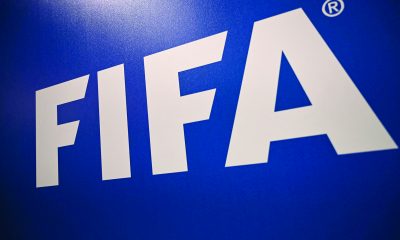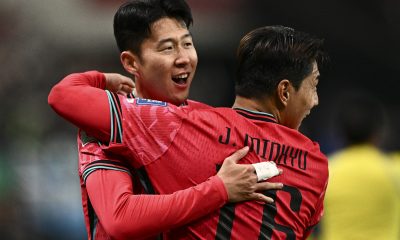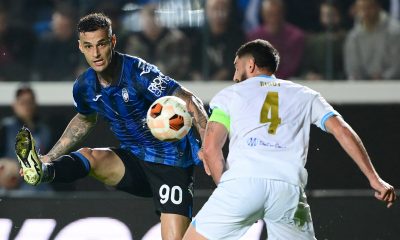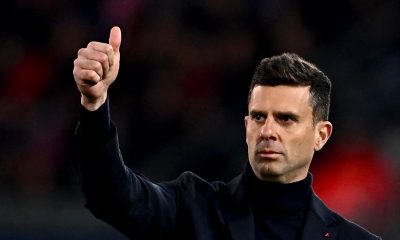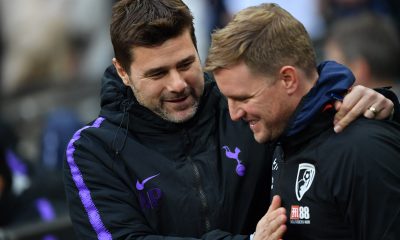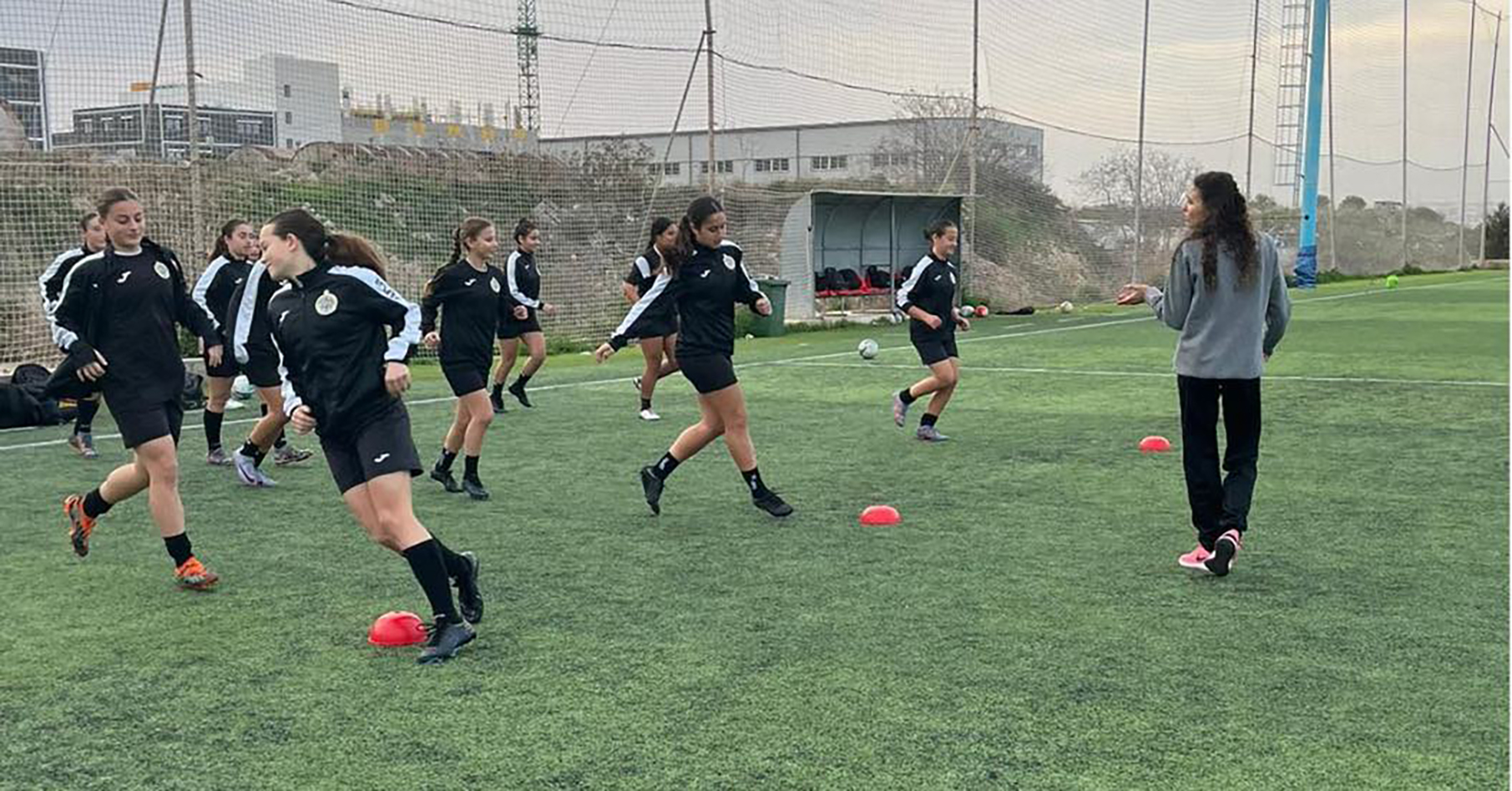
The introduction of Strength and Conditioning (S&C) is starting to play a pivotal role in enhancing athletic performance across various sports.
Athletes are starting to realise the importance of S&C because it helps them develop physical attributes such as strength, power, endurance and agility.
Fine-tuning these features can elevate the level of an athlete, helping him to reduce the risk of injuries while improving his peak performance.
“The importance of S&C in sports has grown tremendously in recent years. As athletes pursue every possible advantage, S&C provides the foundation for improved performance, injury prevention, and faster recovery,” S&C coach Demi Magrin told the Times of Malta.
Demi is currently the S&C coach for the U-16 girls’ team of Hibernians who are currently dominating their championship while she is also a coach at the Aloysians Athletics Club.
She read her masters in Strength, Conditioning and Rehabilitation at the University of Portsmouth thanks to the assistance of the Malta Sports Scholarship Scheme provided by the Government of Malta.
“This course enabled me to develop invaluable skills for promoting athletic performance and managing injuries. The emphasis on needs analysis, managing fatigue, and staging rehab taught me to individualise programmes focusing on mobility, movement competency, and intensity. I learned the nuances of managing training loads to spur positive adaptations while monitoring readiness and recovery,” she explained.
“These will hold me in good stead as I continue learning and enhancing expertise. The course developed my appreciation for long-term athletic development – gradually building capacity while minimising injury risk, especially in younger athletes. I feel better equipped to set goals matching the athlete’s stage and trajectory to optimise their performance and durability throughout their career.
“These skills will hugely benefit local sports as I continue working to elevate S&C standards in Malta.”
As regards the importance of Strength and Conditioning, Demi said: “Proper programming develops athleticism, reduces injury risk, and optimises adaptation to technical and tactical executions,” Demi said when explaining the importance of S&C.
“The specific focus of S&C gives athletes tools they need – strength for power, endurance for efficiency, speed for quickness, and flexibility for resilience. A systematic approach improves all physical parameters simultaneously excelling the athletes for improved performance in their respective sport or objectives they want to reach.
“This underpins the essence of proper strength and conditioning for sports performance and rehabilitation.”
Asked about how the S&C is doing in Maltese sport, Demi said that this sector has been growing steadily in recent years both in terms of interest and participation.
“However, there is significant room for improvement across the board when it comes to the adoption of more professional S&C practices,” she explained.
“Currently, specialised coaches for physical preparation in S&C are only present at club level and the private sector. Schools and youth programmes have not yet started to give it the importance it deserves.
“Basic fitness development relies solely on in-season practice and matches, lacking structured periodisation plans between seasons or targeted development of biomotor abilities like endurance, strength, speed, coordination.
“As a result, the majority of youth athletes fail to build an appropriate foundation to support intense training and competition demands as they progress to senior competitive levels. This disparity vis-a-vis leading European sporting nations increases injury risk and affects performance ceilings of talented youth.”
Demi added: “While some gains are now being made via private training centres and a few focused schools, significant grassroots investment in coaches and facilities is essential if Malta aims to sustainably develop homegrown athletic talent.
“Much work remains to be done to uplift youth physical preparation standards to match international benchmarks across various disciplines. This will require sports federations and schools to collectively invest in athlete development frameworks.”
Demi believes that the concept of S&C should be implemented at a young age, possibly as young as four years old, as it would provide physical, motivational, technical and tactical benefits to their respective sport.
“The focus at this stage should be on teaching fundamental movement patterns like squatting, lunging, pushing, pulling and carrying one’s own bodyweight. I am already implementing such programmes in my athletics sessions for three- to four-year-olds at the Aloysians Athletics Club,” Demi pointed out.
“The fundamental movement pattern develops athletic qualities like balance, coordination, mobility and motor control which build a solid foundation for more intense training later on in the specific sport they practice. Exposing budding athletes early to versatile movements like squats, and deadlifts provide lifelong benefits beyond sports performance.”
Demi believes that this sets the stage for young athletes to handle more intense training loads safely as they grow older.
In addition, it nurtures a healthy enjoyment of athletic preparation starting from childhood and prevents injuries down the road from repetitive impact of just playing sport.
“Locally, sports would benefit from structured S&C tailored to age-appropriate ability levels with adequate equipment provided,” Magrin underlined.
Boosting rehabilitation
S&C are integral components of rehabilitation because they not only aid in the recovery of physical capabilities but also contribute to overall health, injury prevention, and psychological well-being as Magrin explains more in-depth.
“Additionally, S&C pays dividends when rehabilitating injuries. Properly designed programmes during all recovery phases – from post-surgery to gradual reloading – can help rebuild strength, re-establish movement patterns, maintain conditioning, and develop compensations to return to sport safely. I am seeing positive results at Hibernians FC where I am the S&C coach for the top-of-the-league U-16 girls team,” she said.
“S&C puts the athlete in the best position to avoid complications or re-injury. Rehab lacking these technical components risks inadequate healing or development of negative adaptations over time. Customised training keeps up fitness during recovery so return to sport is gradual with exercises focused on rebuilding mobility, stability and strength in the affected areas.
“Programming also fixes imbalances that likely contributed to the original injury. Increment loading tests when the injury has healed enough to handle sports activity again.
“Lastly, achieving training targets rebuilds confidence which is critical too. Overall, a proper plan helps tissues heal physically while making sure the athlete also overcomes any mental barriers.
“Moreover, strength and conditioning returns injured athletes to their sport safely and completely.”

World Cup News
-
FIFA World Cup
/ 4 weeks agoSaudi oil giant Aramco agrees major FIFA sponsorship deal
Saudi Arabia’s state oil giant Aramco and world football governing body FIFA on Thursday...
By AFP -
FIFA World Cup
/ 2 months agoSon scores but Thailand hold South Korea in World Cup qualifier
Son Heung-min scored but South Korea were held 1-1 at home by Thailand in...
By AFP -
FIFA World Cup
/ 2 months agoJapan-N. Korea World Cup game to stay in Pyongyang, JFA says
Japan’s World Cup qualifier against North Korea will be played in Pyongyang as planned...
By AFP -
FIFA World Cup
/ 3 months agoGerman ex-FA bosses on trial over World Cup tax evasion
Three German ex-top football officials went on trial on Monday in a 13.7-million-euro ($14.8...
By AFP

English Premier League
New West Ham boss Lopetegui vows to make ‘big noise’

Winter Olympics
Watch: Geisenberger wins sixth Olympic medal to tie luge record

